7 Min Read
How Much Does a Custom Home Cost in West Michigan?
Building a custom home in Grand Rapids is an unparalleled opportunity to create a space for your family tailored to your particular needs and goals that you can cherish for many years to come. However, it’s also an investment—and likely to be one of the largest you will make in your life, which makes it essential to understand how to finance a custom home in West Michigan as part of your early planning.
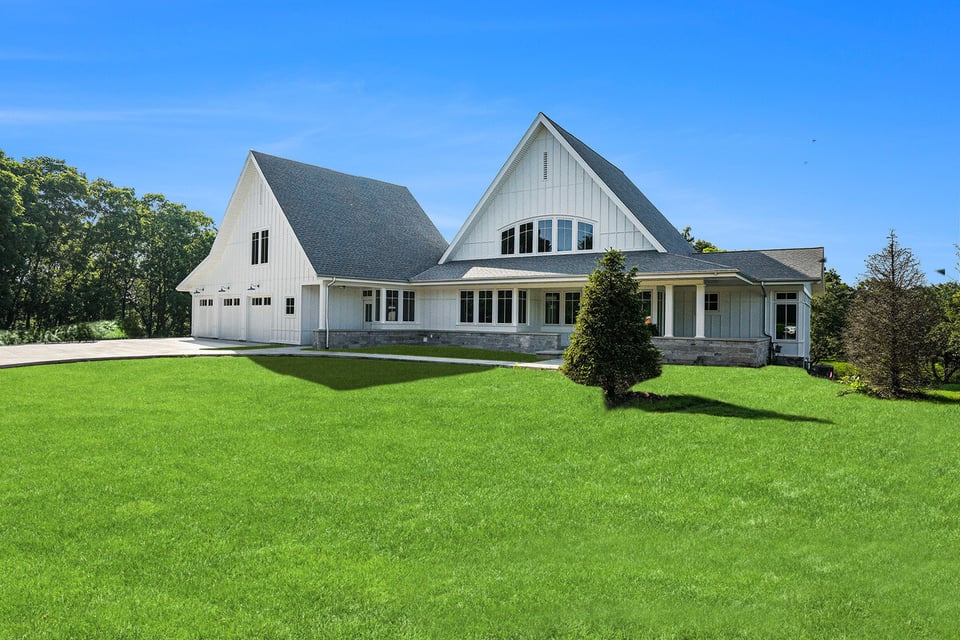
As you begin planning and preparing for your custom home, it’s important to establish a preliminary budget. What does it cost to build a custom home in Michigan? While this number will be a rough estimate until you finish developing your design and selecting features and products for your house, it serves as a guiding point to prevent scope creep and keep your design team on track.
What is a Custom Home?
First, it’s helpful to understand the distinction between custom homes and production homes and how that impacts cost.
Production homes are created by a builder or developer using a set library of floor plans and then sold to a homebuyer after the fact. These homes tend to be standardized, which means you don’t have a say in the size, layout, or features of the space. Because production homes are built in an assembly line fashion—using the same floor plans over and over again—they are less of an investment than a custom home. Production homes cost less than custom homes. However, since you do not personally contribute to the home's design, what is already built is what you get unless you remodel.
On the other hand, custom homes are designed and built to your specifications. You can select the square footage, how many bedrooms and bathrooms you want, the floor plan for each space, and the types of materials and products incorporated into the structure. You also get to pick out each finish and fixture, from the type of bathroom flooring to the kitchen cabinetry hardware. In this way, you are creating a unique space made just for you. Because custom homes are designed around your particular lifestyle, they fit like a tailored suit.
What is a Custom ICF Home?
Within the custom home-building world, numerous methods and materials are used, one of which is insulated concrete forms (ICF). These unique homes are made from insulated concrete: panels of expanded polystyrene foam with a reinforced concrete wall in between.
Residential ICFs, such as those created by our team at R-Value Homes, are becoming increasingly popular in Michigan because they are substantially more energy-efficient than standard “stick” construction. They are also much quieter, far more durable, and environmentally friendly—just a few reasons to build green. This construction method helps reduce indoor air pollution and noise from outside. ICF homes also don’t shudder in the wind and maintain a consistent interior temperature.
Many people wonder about the time it takes to build a custom ICF home compared to a "stick-built." Hiring a skilled ICF contractor keeps your construction timeline relatively similar, though each element's timeline can differ during construction. For example, the building envelope is up and sealed much more quickly during ICF, which makes building in the winter a bit easier.
At R-Value Homes, we are experts in ICF details. We carefully select complementary materials and implement building science insights to drastically reduce wasted energy and improve your family’s comfort, health, and well-being. However, you maintain the ability to set the specifications and make selections for your new ICF home so that it matches your vision, just as you would for any custom home.
Cost for Energy-Efficient Homes in West Michigan
Making energy efficiency a priority for your new house often increases the overall project price. For example, building an Energy Star home or achieving LEED certification can increase the total cost of building a new house by about 2% to 3%. The increased cost is partly because energy-efficient appliances and products—including ovens, windows, refrigerators, and toilets—are generally more expensive. Additionally, you are investing in air sealing, a high-efficiency heat-recovery ventilation (HRV) or enthalpy recovery ventilation (ERV) system, and other design features to make your home energy efficient.
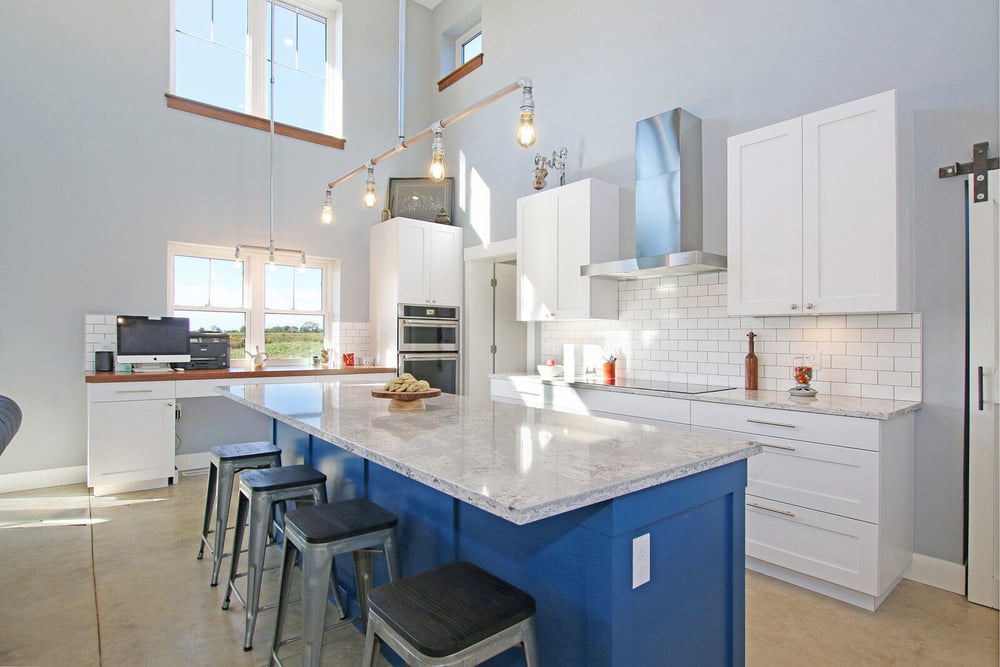
While the upfront investment is larger, building a sustainable home pays off in the long run. Some of the most obvious benefits are lower operating costs and potential fuel savings. Equally valuable is the improved quality of life. Airtight, well-constructed homes that are energy-efficient can reduce your family’s exposure to pollutants, mold, and other things that undermine your health and well-being. ICF homes are also sturdy and ultra-quiet. Plus, there is the peace of mind that comes from knowing you are positively contributing to environmental conservation and sustainability. It’s one of the biggest advantages when comparing building versus buying, especially if long-term comfort and performance matter to you.
What Does a Custom Home Cost in Grand Rapids?
The average cost of building a house in Michigan, regardless of style, depends on a range of factors, including square footage, composition, and complexity. Your investment may also be influenced by the topography and condition of your property and the amount of site work required to successfully build your custom home. Additionally, the type of materials and level of finishes you select during the design phase will significantly influence your new home cost. If you include lots of high-end selections—such as handmade or imported tiles, custom cabinetry, designer lighting, and automated home features—your project price will be more than if you stick to basic or midrange selections. In that sense, you have some control over the structure's quality and cost.
For pricing purposes, consider that square footage can easily exist below grade. The square footage of your project is calculated from the exterior of the walls. It encompasses every level of the home under the roof, whether finished or unfinished.
With a custom home build, it’s also important to consider additional expenses, including the price of your land, site preparation (any challenges for your specific property/site), and permitting fees. These and other site costs, such as landscaping, should be included in your budget to give you a realistic expectation of the overall project price and keep planning within the parameters of your budget. You can control some of your site costs with your choice of building location. For instance, site costs for a city lot are far less than those for a property 1/4 mile back in the woods. Additionally, sandy soils save money and headaches.
Finding the Right Builder for Your Custom Home
Interviewing a custom home builder before you sign a contract will help you understand the cost of your project and ensure you've partnered with someone you can trust. Taking time to review practical tips for choosing the best home builder in West Michigan gives you a clearer sense of what to look for before committing.. At R-Value Homes, we will provide ballpark budget pricing during the initial planning and development phase.
This budget will encompass the main categories of your home, such as foundation, framing, and windows. As you customize your ICF home with a full set of specifications and selections, we will refine the pricing to give you a more precise cost estimate.
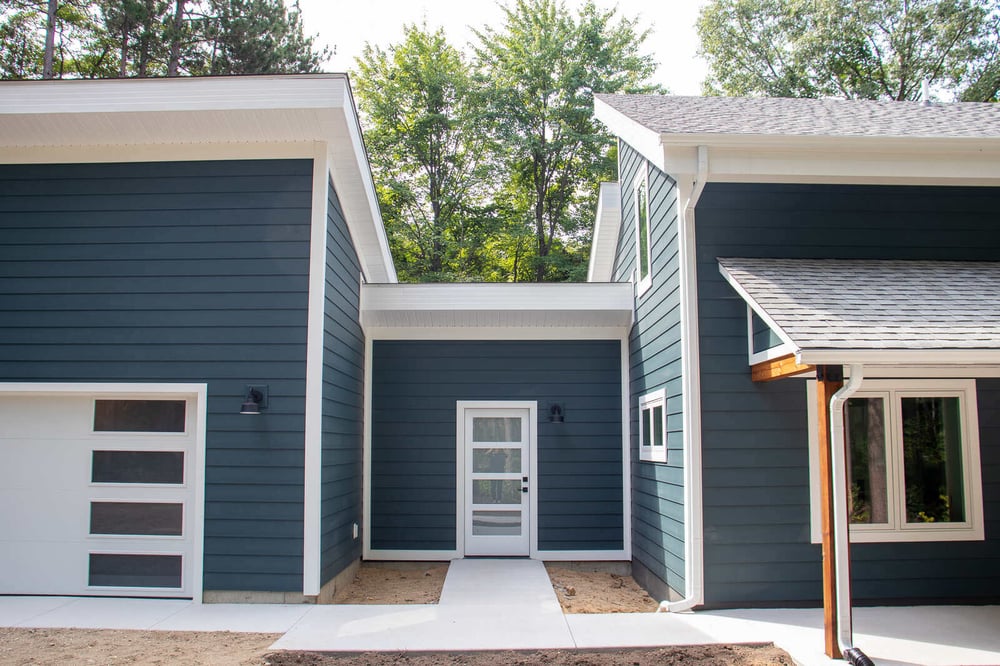
When Should I Prioritize Cost During My Build?
How can you control costs during your custom home construction and design? Let's explore your options.
Saving Money During Building
Don’t focus your cost-saving efforts on when and where you purchase building materials. Saving money during construction usually involves tripping over a dollar to pick up a dime. Perhaps you could save money during construction by waiting for an item to go on sale. You could hold out for a President’s Day sale to save $5/square foot on your beautiful quartz bath vanity countertops. Congratulations, you saved $280! (But you had to delay construction by a month while waiting for the sale.)
Saving Money When Selecting Materials
You could save even more money if you were budget-focused during the selection stage. Your material choices also have a significant impact on cost. At this point, the size and shape of the countertops are fixed, but the material is not. Switching from custom quartz vanity tops with under-mount sinks to the pre-molded one-piece solid surface could save you $800 per vanity. Multiply that out by four vanities, one of them a double vanity, and the savings are much more considerable, nearly $4,000.00. The variability in cost for faucets and fixtures alone could impact your budget by thousands. It is extremely easy to lose sight of how quickly seemingly small upgrades add up to serious money!
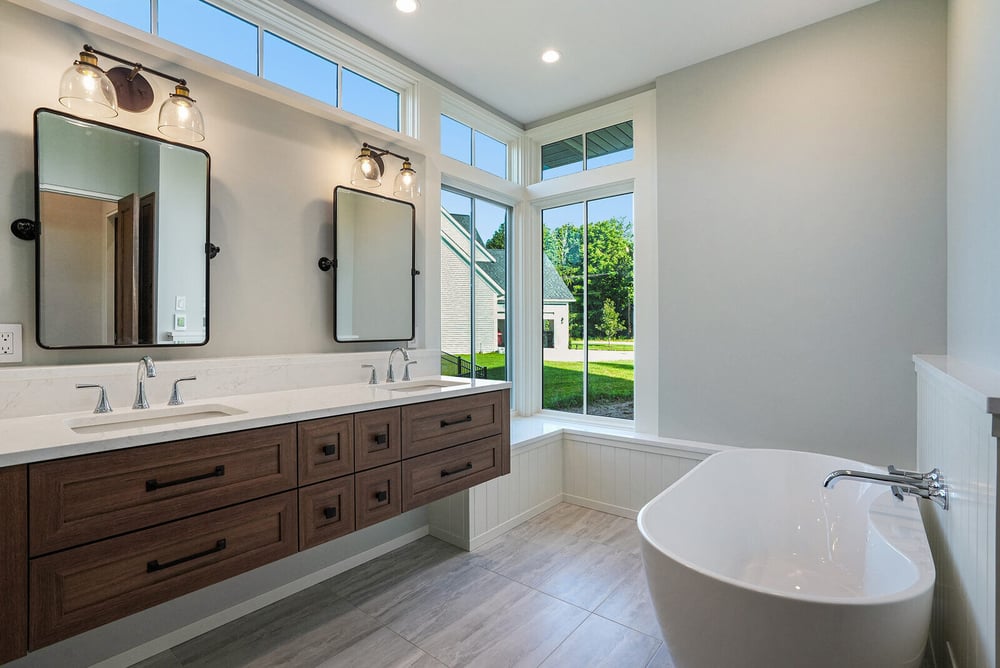
Saving Money During Design
The opportunity for savings is even greater during the design stage. Here, you have the chance to make that spacious bathroom a foot narrower and two feet shorter, go from an 8-foot-long double vanity to a 6-foot-long double vanity, install a tub/shower combo rather than a 24-square-foot tiled shower with a freestanding soaking tub, and on and on. At this point, we save at least $150 per square foot. That adds up pretty fast, particularly when doubled in a two-story home!
Saving Money with Your Specs
However, the BEST way to reduce the cost of your home comes even earlier—before design, when planning your family’s needs. The BEST way to save costs is simple: don’t build space you don’t use. The size and shape of your home have the greatest impact on cost—concentrate your energy here. Build smaller, but build smarter! Homes don’t need to be large to work well; they just need to be thoughtfully designed for your particular needs. Eliminating an entire bathroom can save tens of thousands of dollars. Eliminating a mostly unfinished basement will save even more!
Bigger is not always better. We understand the urge to include every bell and whistle when designing your dream home. However, overbuilt homes are expensive, and this blog is about cost reduction. By overbuilt, we mean built larger than homes need to be. Take some time and ask yourself some critical questions. Think about your needs five years, then 20 years into the future. Will your kids need more space or less? Will you have grown children visiting with their own families or be empty nesters who prefer your privacy?
In my home, we shrank our design three times before we finally built it. We initially moved into the lower level only while the main story was being trimmed. After the second full week of this living arrangement, Missy (my longsuffering wife) exclaimed: “I think we built this home twice as large as needed!” We were living quite comfortably in half of the home. These days, the kids are a wee bit larger and take a lot more showers, so our home is appropriately sized. But it would have been far too large had we built the first version!
Building a Custom Home in West Michigan
The best time to build a custom home is when your family and finances are ready. Creating a new custom ICF home in West Michigan is a major investment that pays dividends over the years by providing the comfort, stability, and quality of life you desire for your family. Still, you want to be confident you are making the most of your investment. Finding an ICF contractor can be tricky; we don't work in every market. R-Value Homes proudly serves West Michigan as the area's premier custom home builders. We prioritize quality over speed, adding incredible efficiency to ensure your new custom home in Michigan is built within your budget and according to your vision. Contact us here or call today to schedule your initial consultation - 616-299-3654!
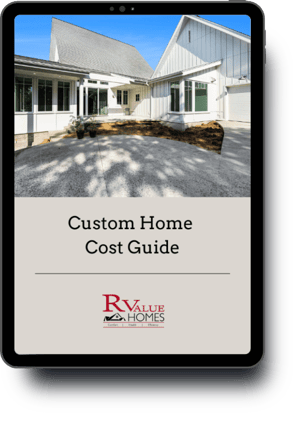

.jpg?width=352&name=building%20icf%20on%20lake%20michigan_11zon%20(1).jpg)
